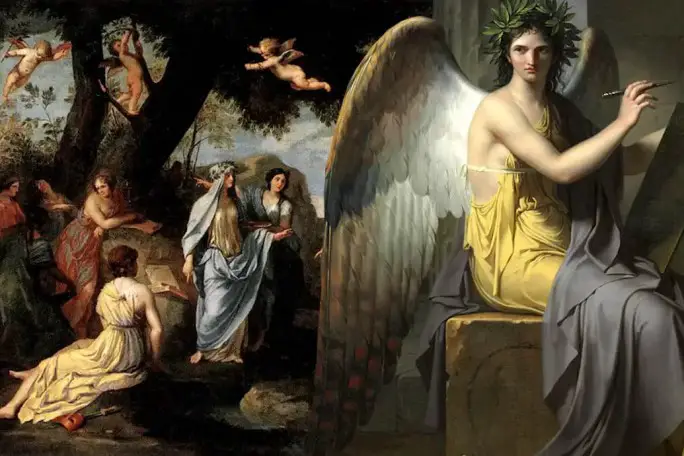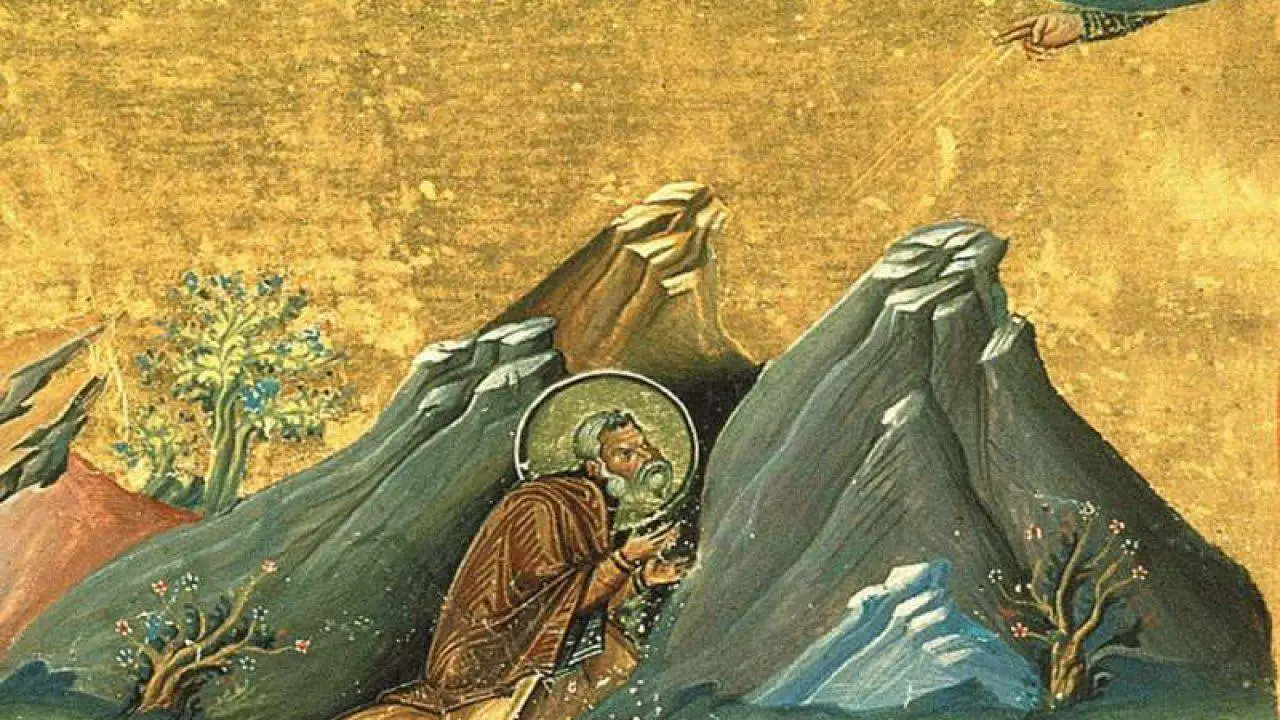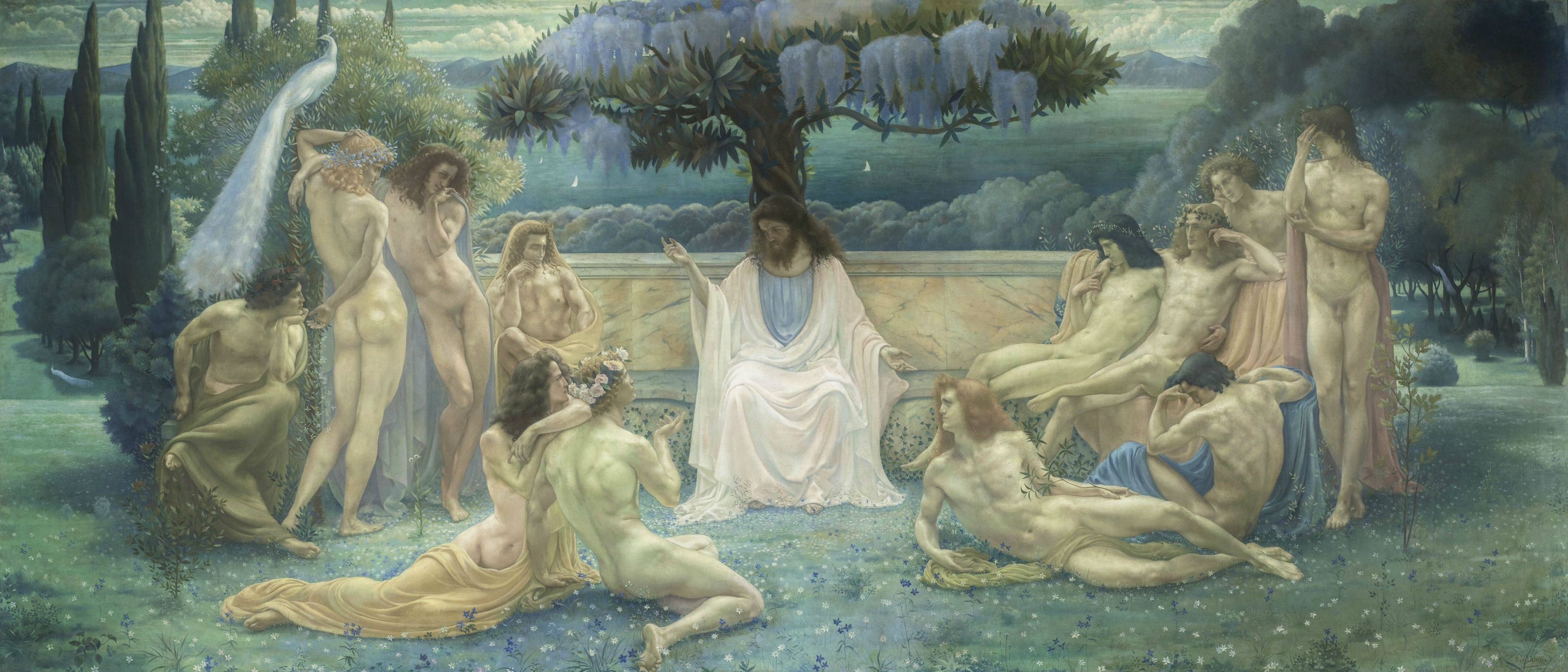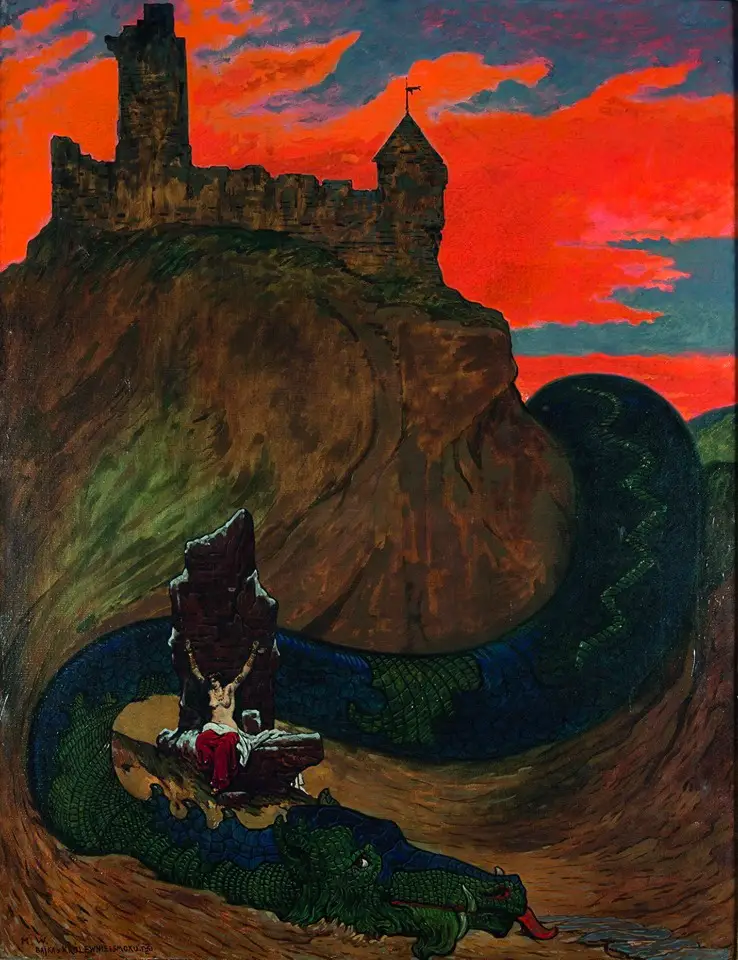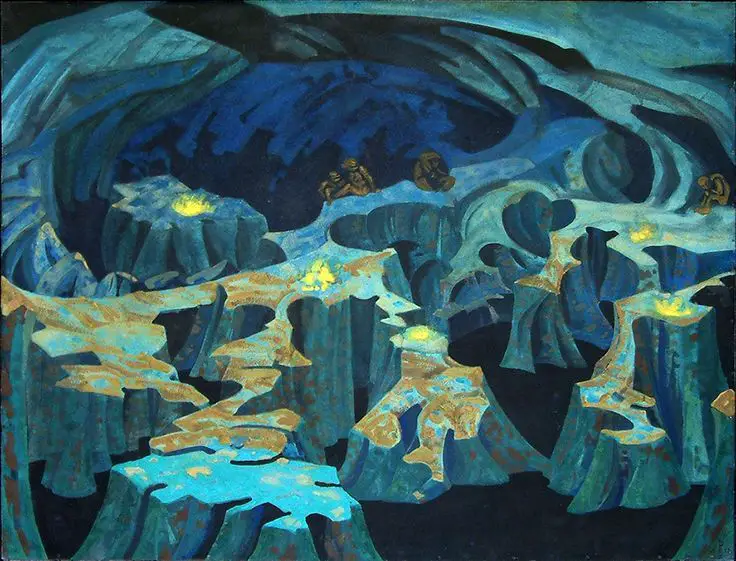Tag: Logos
The Logos and the knowledge of God in Clement of Alexandria's Neoplatonism
In the "Stromateis", written in the third century, Clement of Alexandria establishes a deeper analogy between the truth-Logos, coeternal and coextensive with God, and the cosmic aeon, aiȏn, which gathers in itself present, future and past: to the temporal scan , a typical expression of creation, the articulation of the parts of the cosmos is connected; thus "he who reassembles the different parts and reunites them will safely contemplate [...] the Logos in his perfection, that is, the truth".
The Bringer of Fire: Prometheus and the sense of the tragic in ancient Greece
On the one hand the fire represents the Logos, but on the other Prometheus embodies the wild nature of ancient cosmology, as opposed to the rationalization implemented by the society of the polis on the world outside the Hellenic civilization considered "barbaric" and irrational. The very sense of the tragic is based exactly on the sphere of non-rationality, on the mythical representation of the unconscious shadows of the Greek population of the polis and of man himself.
The Mythos and the Logos: Greek wisdom in the Platonic myths
Knowing oneself and the world of ideas through myth, or, in other words, reaching the Logos through Mythos: this is the main idea that supports Greek wisdom, as Plato has divinely illustrated in his works. The myth of the cave, the myth of Er, that of the charioteer and of Eros show us that in what we call "reality" nothing is certain, everything is in constant motion: the truth lies outside the fire, beyond out of the cave and of the mind itself, therefore in the world of ideas, which Plato calls "hyperuranium"; that is, "beyond the sky".
The symbolism of the double serpent and the "guardian of the treasure"
Within the vast mythical corpus concerning the ophidic symbolism there are some mythologems, recurring all over the world, conveying certain initiatory knowledge whose universality goes beyond the spatial and chronological boundaries, such as that of the double serpent (Caduceus of Mercury, Iga and Pingala), that of the serpent who, standing beneath the worlds or surrounding the earth in the form of Ouroboros, holds the entire cosmic manifestation, and that of the dragon in the function of "Guardian of the treasure" that the hero must subdue and defeat in order to save the "Princess ".
Greetings to Emanuele Severino: the eternals and the will to power
Our homage to Emanuele Severino, the "philosopher of eternal being" who left us in these days: a brief reflection on nihilism starting from the great teaching of the Master.
The myth of concealment in Eurasian traditions
Brief excursus along the historical, philosophical and religious path through which the theme of the concealment of the divine in the great Eurasian space developed: a theme that once again demonstrates the primordial spiritual unity of this vast inner continent
The primordial and triple god: esoteric and iconographic correspondences in ancient traditions
di Marco Maculotti
In ancient traditions around the world we find reference to a god of origins, who came into existence before all else, creator of all that is manifest and equally of all that is unmanifest. The most disparate mythical traditions depict the primordial god as containing all the potentials and polarities of the universe, light and darkness, spirit and matter, and so on. For this reason, he is often represented with two faces (two-faced Janus) or even with three (Trimurti Hindu). However, more often than not he is considered invisible, hidden, difficult to represent except in an allegorical, esoteric form, which often refers to the union of the luminous and fiery principle, 'masculine', with the dark and aqueous, 'feminine' . In the traditions of the whole world, this primordial god is not honored with a cult of his own, since it is believed that he now lives too far from man and human affairs do not concern him: for this reason, this maximum deity is often spoken of as of a deus otiosus.

